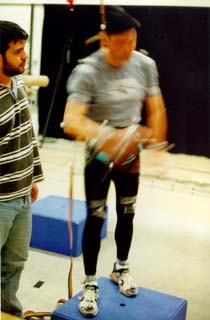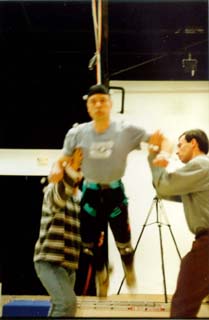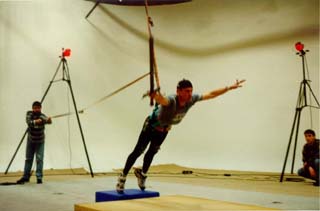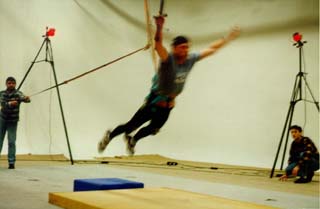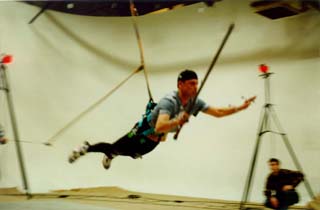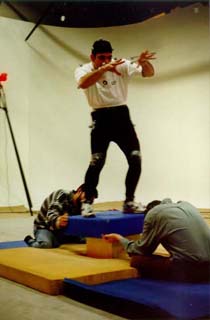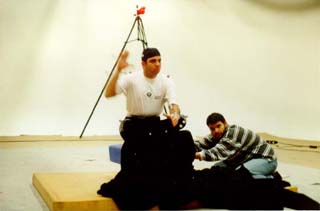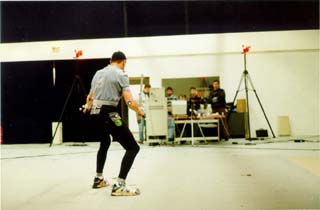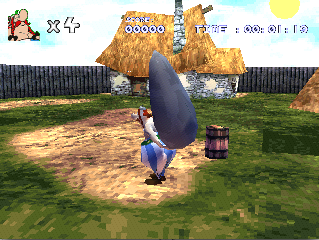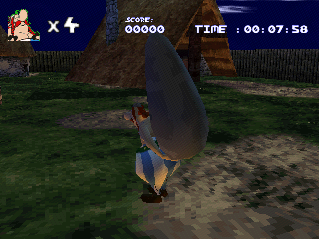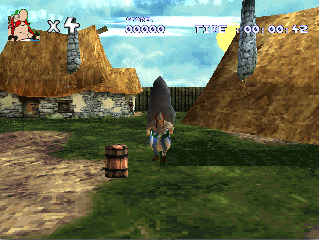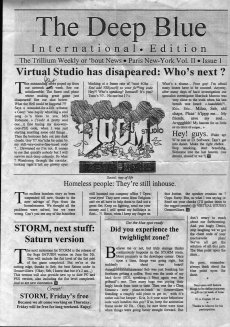Our life as a programmer will never be the same.
Our life as a programmer will never be the same.
Remembering twenty-four years ago — back in 1976 — the first time I get in touch with what I will call a computer; it was a Texas Instrument TI-57, a calculator equipped with a simple numeric display and a maximum of 50 programmable instructions. It was right after xmas, at school, a friend of mine showed me the calculator, saying something like: "look at that!" and while pressing a strange "RUN" key, the TI to display this incredible thing: 9, 8, 7, 6, 5, 4, 3, 2 and 1! This automatic count down somewhat blew up my brain!
This event triggered the beginning of my interest in computing at-large. But at that time, I was miles away to imagine from what one could achieve, years after years. And even the most anticipating fiction never matched what actually appeared years afters.
My first mobile phone was purchased in 1996, ten years ago; I was then completing my first PC, Saturn and PlayStation project in Paris. The handset was small enough to make people in the streets stop by and stare at me when I was passing a call.
I understood at that time that one day, people would use their mobile phone to play, connected each others to a gigantic MMO game via the air. But I thought it would take tens of years to come up.
Once again, things arrived more rapidly than expected: only ten years after, the industry is about to reach 1 billion of new handsets sold this year. How it comes? Innovation. Building new markets thanks to new products or technologies.
That's fine.
But what's really cool, is that I am in the place trying to push the envelope one step further, participating to this course, spreading new ideas or usages. New technologies.
But what could be new technologies if they are not streamlined enough and not really made for casual users? While the world of the mobile industry was already fast paced, there wasn't that much innovation since the appearing of 3G/3G+ network. Same ideas were simply recycling again and again.
By chance, the promising 3 billion users market definitively attracted new entrants. Once again, Apple came up with a great design along with well defined features with its iPhone, and simply redefined almost everything in the industry. Amazing.
But how does this is likely change our programmer's life? Well, where others simply put Java ME (90% of the market) or Symbian (5%) or even Windows Mobile on their devices, Apple did choose not to sacrifice the performance and homogeneity; they simply embedded their own system - Leopard - and did provide the Xcode environment. But more importantly, they came up with an unique and incredible simple distribution scheme: developers choose the price for their app, and Apple take care of everything via iTunes - distribution and payment - for a mere 30% of the revenu.
Nice!
Sdl, Paris
Written in June 2006, last updated in march 2008.
